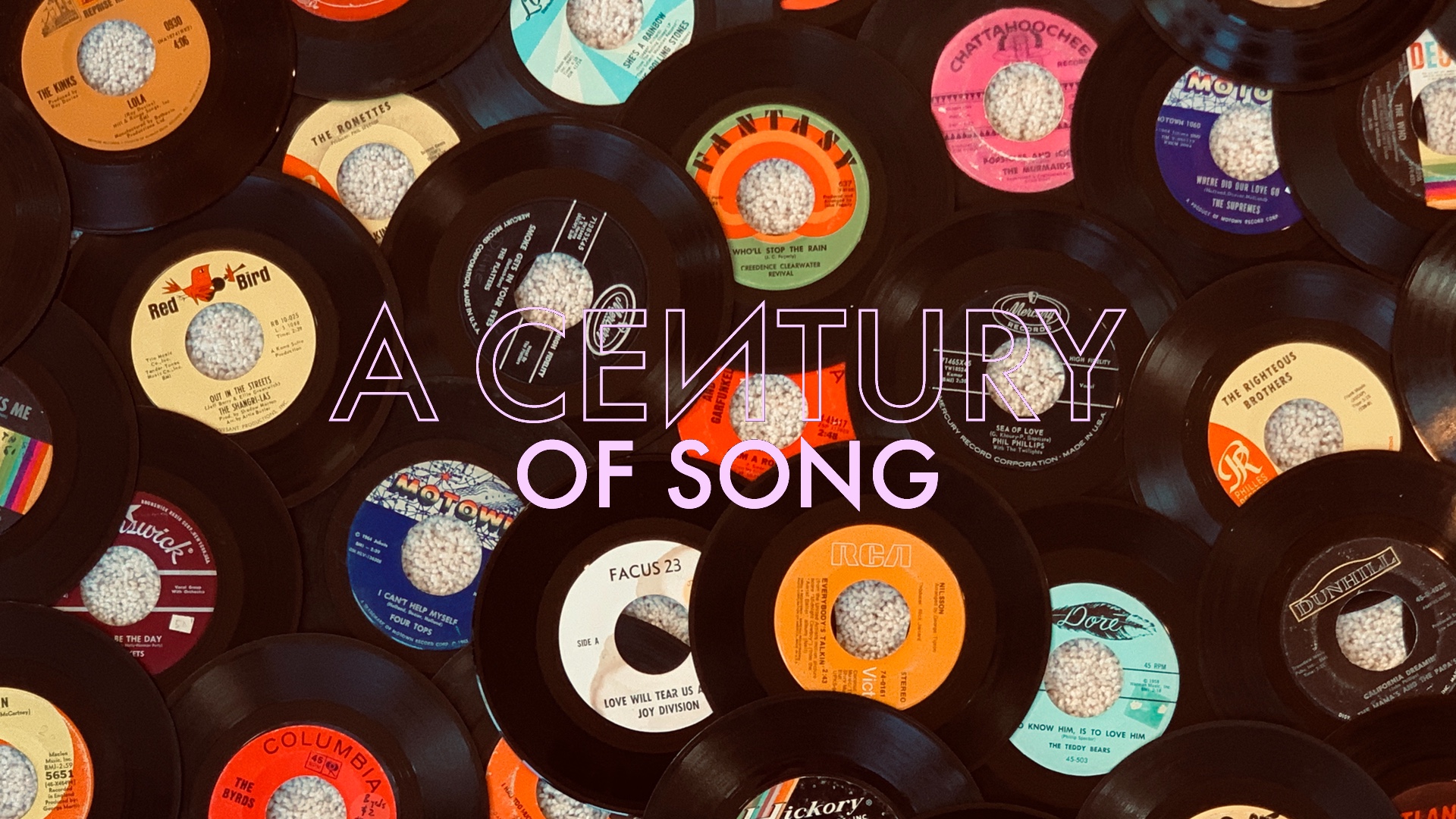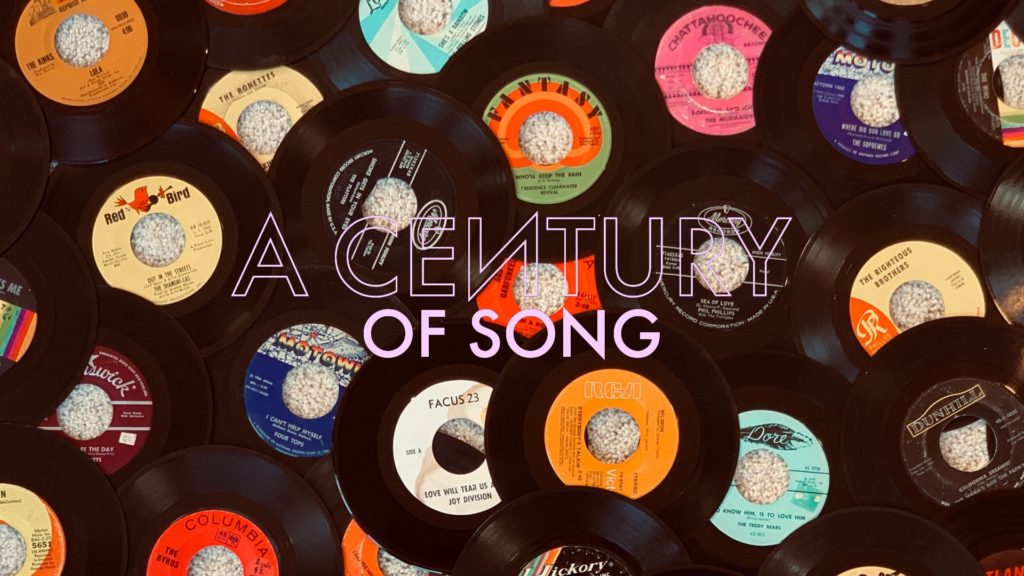
A Century of Song is an attempt to summarize 100 years of popular music through 1000 carefully chosen tracks. Included within this list are landmark singles, stellar album cuts, huge hits, hidden gems, and more than a few personal favorites. Read the introduction for the project here, and enjoy the embedded videos and Spotify playlist.
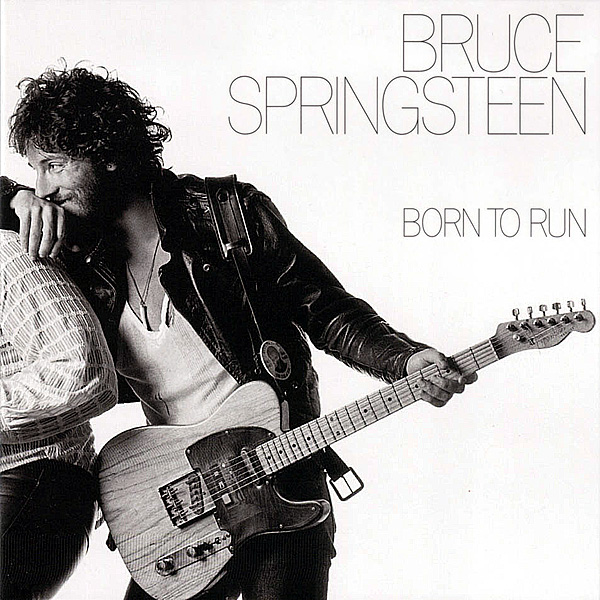
140
Beginning as a ballad and ending as an anthem, “Thunder Road” is the thrilling opener to Bruce Springsteen’s masterpiece Born to Run – the album that found him fulling reaching the potential promised by his earlier work.
Springsteen had been tagged with the “New Dylan” label well before Born to Run‘s release in the summer of 1975. The wordiness of his first two records – 1973’s Greetings from Asbury Park and The Wild, the Innocent & the E Street Shuffle – justified those comparisons to an extent, but Springsteen’s wheelhouse featured a heightened sense of drama that was rarely associated with Dylan’s music.
That quality is found in abundance throughout “Thunder Road.” There is a cinematic grandeur to the song’s opening lines that immediately set the scene for the album as a whole:
The screen door slams, Mary’s dress waves
Like a vision she dances across the porch as the radio plays
These details expand outward as the song progresses; each successive line reveals a deeper sense of urgency and desperation for a pair of young lovers down on their luck. One is tempted to label the song as “impossibly romantic” – “There were ghosts in the eyes of all the boys you sent away / They haunt this dusty beach road in the skeleton frames of burned out Chevrolets” – at least before remembering that one of its most memorable couplets reads, “Show a little faith, there’s magic in the night / You ain’t a beauty, but, hey, you’re alright.”
Behind Springsteen, the by-now-well-oiled machine that was The E Street Band does an impressive job of heavy lifting. “Thunder Road” reaches its lyrical climax with its protagonists ready to pull out of their “town full of losers.” The stirring instrumental crescendo that follows finds them speeding off into the uncertainty of the dark night ahead, never to look back.
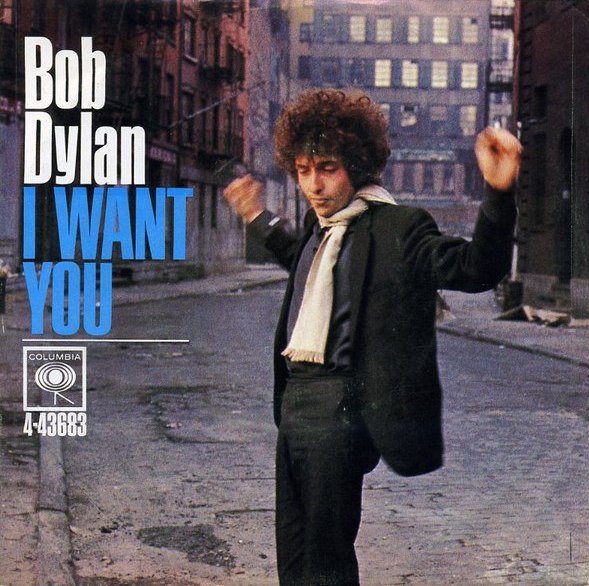
139
Romance has always been an underrated aspect of Bob Dylan’s songcraft, but it sits at the forefront of this highlight from 1966’s otherworldly Blonde on Blonde. Wistful, breezy, and effervescent, “I Want You” stands as one of the most singularly special tracks in Dylan’s peerless catalog.
“I Want You” supports the argument that Dylan could have been a remarkable pop artist – at least had he not had loftier ambitions. Its instrumental backing is spry and delicate, and Dylan turns on the charm with one of his most conventionally appealing hooks and vocal performances.
Of course, this wouldn’t be peak-era Dylan if there wasn’t something a little more sinister lurking beneath the surface. Like so many tracks from this period, “I Want You” is populated by a shady cast of characters: a guilty undertaker, a weeping organ grinder, drunken politicians, and more. It’s been widely speculated that the “dancing child” that Dylan chides in the song’s final verse was none other than Brian Jones of The Rolling Stones, and that it was Jones’ paramour, Anita Pallenberg, who was the object of the song’s desire.
While it may come off as something of a minor gem from Dylan’s awe-inspiring 1965-66 pinnacle, “I Want You” is yet another master class in songwriting. While he has more than a few entries remaining on this list, I have often wondered if this may in fact be his finest song – or at least, perhaps, my favorite.
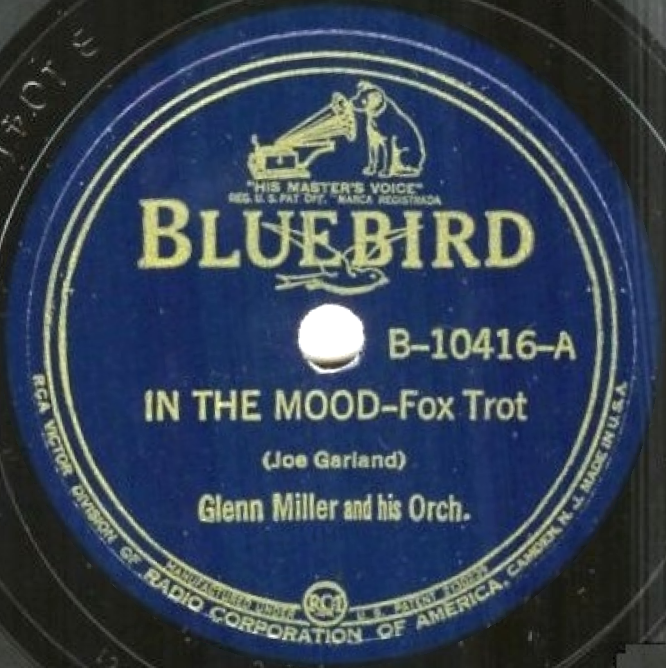
138
The best-selling swing single of all-time, “In the Mood” is the definitive recording from Glenn Miller’s orchestra. Released in 1939, the song would arguably become the most iconic American song of the World War II era, but its appeal remains timeless.
“In the Mood” was written by Joe Garland in 1938 – based largely off of a melody from a 1930 single by trumpeter Wingy Manone called “Tar Paper Stomp.” Recorded by Edgar Hayes and performed by Artie Shaw, it failed to make a wide impact before Miller recorded his version in the summer of 1939, exactly one month before Germany invaded Poland to begin WWII.
In Miller’s hands, “In the Mood” had a tangible vibrancy, but one that tempered – one might say lacked – the wilder elements of contemporary recordings by other swing-affiliated artists. That mix of energy and refinement would help endear the song to multiple generations of listeners, who careened to it on USO dance floors and let it calm their nerves during anxious radio listens.
Miller’s legend as a wartime icon would have been sealed with his recordings of “In the Mood” and “Moonlight Serenade” (#237) alone. However, in 1942 – at the age of thirty-eight and at the height of his fame – Miller joined the Army. Two years later, he took his Army Air Force Band overseas, making hundreds of appearances for troops and civilians in war-torn Britain. In December of 1944, Miller’s plane disappeared while flying over the English Channel. He was never found.
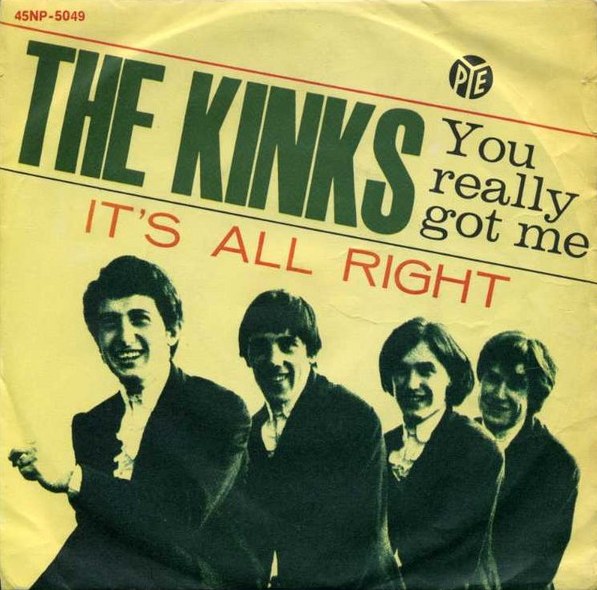
137
Before the 1965 arrival of The Who, The Kinks were easily the wildest major band of the British Invasion. Released as their third single for the Pye label, “You Really Got Me” was unquestionably the loudest, heaviest thing to ever hit British radio when it landed toward the end of the summer of 1964.
While The Kinks’ second single (“You Still Want Me” / “You Do Something to Me”) showed the early promise of bandleader Ray Davies’ songwriting, it was the unhinged “You Really Got Me” that first grabbed the attention of a widespread audience. From its crunchy opening chords – a sound achieved when guitarist Dave Davies sliced the cone of his amplifier speaker with a razor blade – the track established itself as something wholly new in rock music.
Despite the unconventional nature of its sound “You Really Got Me” quickly rocketed to the top of the British pop charts. In time, the song would be seen as a critical predecessor for both heavy metal and punk, but in the immediate wake of its success, a host of bands on both sides of the Atlantic would strive to match the urgency of The Kinks’ performance, and the raw immediacy of Shel Talmy’s production.
“You Really Got Me” also reached the top ten of the American charts. Along with the success of the group’s follow-up single – the similarly structured “All Day and All of the Night” (#239), it would prompt The Kinks’ first tour of the U.S.: an ill-fated endeavor that resulted in a four-year touring ban in America. It was that forced exile of the band that would ultimately lead Ray Davies to turn inward, and craft The Kinks’ most exceptional artistic creations.
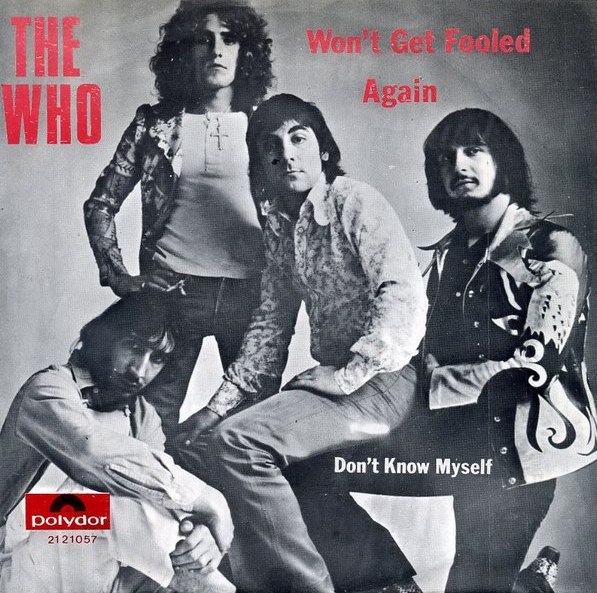
136
I’m sure that I’ve mentioned this elsewhere, but it bears repeating: I firmly believe that The Who were at their absolute best during their early “mod” phase. However, for those who prefer the stadium-filling juggernaut that the band became in the seventies, it’s hard to find a better moment for the group than “Won’t Get Fooled Again.”
The finale to 1971’s Who’s Next, “Won’t Get Fooled Again” stands alongside the opening “Baba O’Riley” (#174) as a towering bookend to a career-redefining album. Utilizing an ARP synthesizer to augment the band’s familiar power trio formula, the song takes on an anthemic dimension that few – if any – of The Who’s peers could rival.
As with so much of their other work, “Won’t Get Fooled Again” features a powerhouse performance from the incomparable rhythm section of Keith Moon (drums) and John Entwistle (bass). Pete Townshend provides some of his most windmill-worthy power chords, and Roger Daltrey gives one of his best vocal performances – climaxing with the now-iconic “yeaaaaaaaaaahhhhhh” that arrives just before the closing couplet (“Meet the new boss / Same as the old boss“).
For better or worse, arena rock would become the defining musical trend of the first half of the seventies. There may have been other groups whose commercial and cultural impact surpassed that of The Who, but they perfected the style with “Won’t Get Fooled Again.”
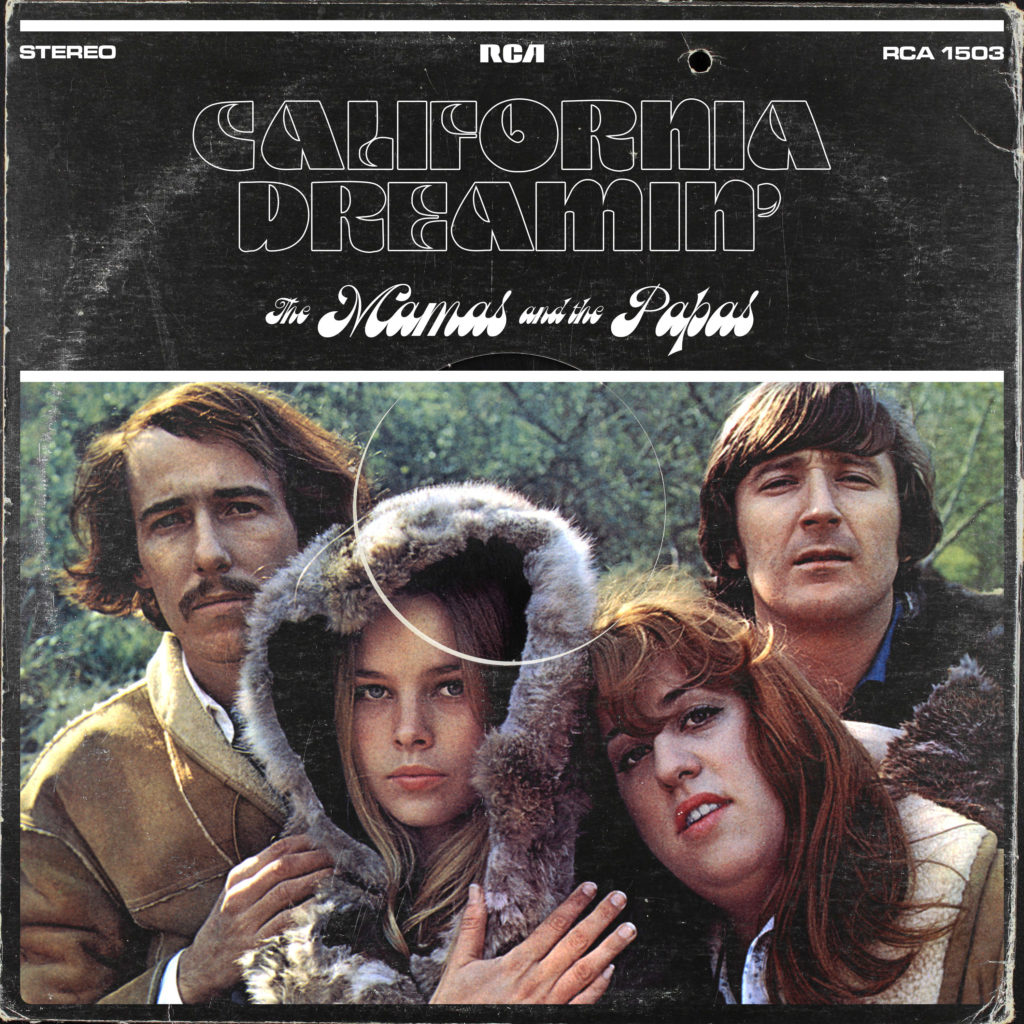
135
The history of popular music is littered with artists who peaked on their first single, and “California Dreamin’” is one of the most stunning examples of this phenomenon. Not to say that the remainder of The Mamas & The Papas catalog is without merit, but the group so perfectly nailed the aesthetic of the “winter’s day” of its lyrics, that nothing else in their discography could possibly contend.
A relatively early entry in the mid-sixties folk rock sweepstakes, “California Dreamin’” is icy in both its minor key melody and wall of harmony vocals. Largely an ensemble performance – save for a few solo lines by Denny Doherty – “California Dreamin’” was a decidedly different take on the sound of its namesake state than that of The Beach Boys, who inevitably covered the song in 1986.
Written by John and Michelle Phillips, “California Dreamin’” is a mournful track – one that stood in stark contrast to the largely sunny sounds that dominated pop radio in 1965. It found the husband/wife pair longing for the warmth of their native state during a particularly cold New York winter. That wintry vibe is enhanced by its sparse baroque pop arrangement and Lou Adler’s heavily reverberated production work.
That arrangement/production – complete with the backing vocals of The Mamas & The Papas – was originally recorded for Barry McGuire’s 1966 album, This Precious Time. Adler would scrap McGuire’s (not great) lead vocal take for Doherty’s, add the now-famous flute solo by Bud Shank, and The Mamas & The Papas ended up with a top ten smash hit.
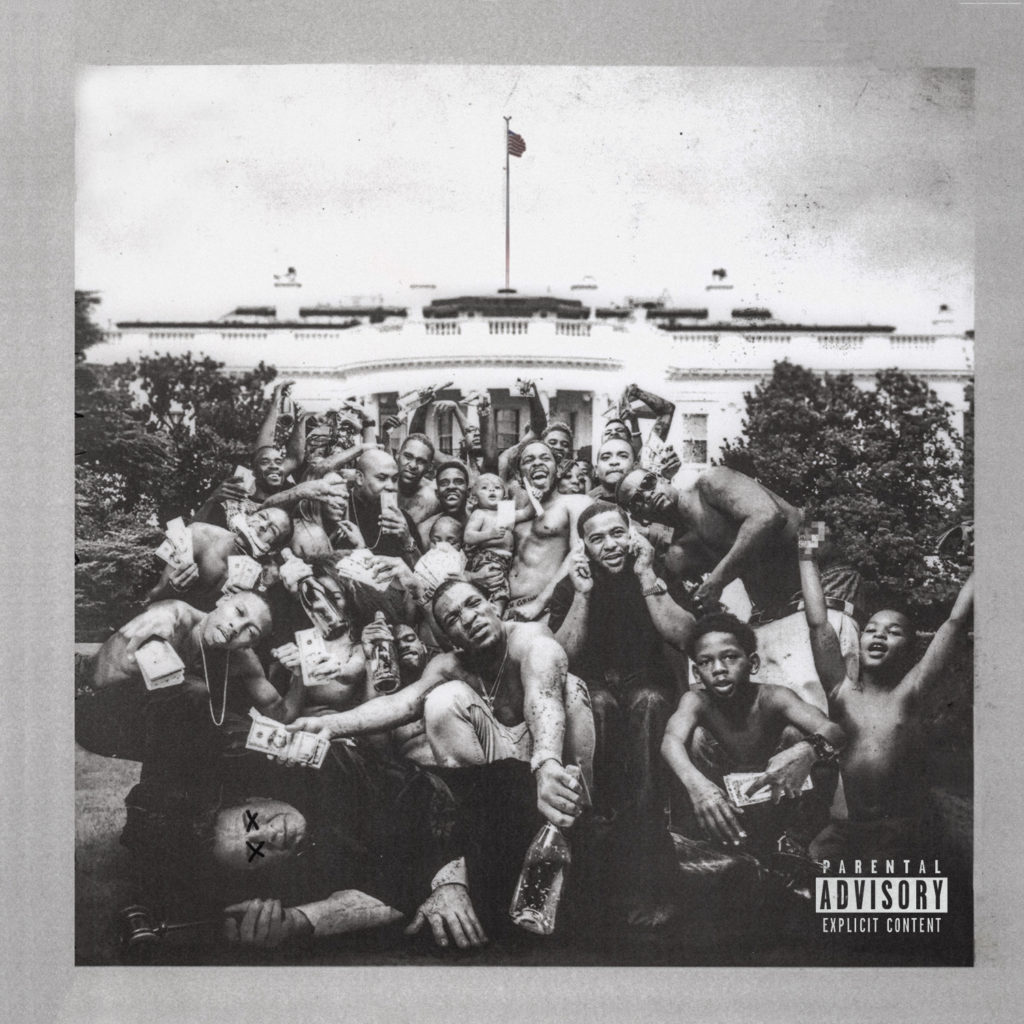
134
Kendrick Lamar released 2015’s To Pimp a Butterfly into a nation that was only just beginning to acknowledge the struggles that Black Americans had faced for generations. In the wake of the high-profile murders of Trayvon Martin, Michael Brown, Tamir Rice, and many others, Butterfly seemed to tap into the “urgency of now,” but it merely reflected the latest chapter in a long history of systemic oppression.
More than any other track on the album – which was instantly hailed as a landmark – “Alright” captured the spirit of the moment. It was the couplet, “And we hate po-po / Wanna kill us dead in the street for sure” that attracted the most attention from critics, and prompted Geraldo Rivera’s infamous criticism – which Kendrick in turn sampled on 2017’s “DNA.”
The response that mattered far more was the adoption of the song’s refrain as a new mantra for the Black Lives Matter movement. Almost a month to the day after the release of To Pimp a Butterfly, 25-year-old Freddie Gray died at the hands of Baltimore police. The protests that followed grew into the largest demonstration of civil unrest in an American city in decades, and in the months of activism that followed, “We gon’ be alright” became a new generation’s “We shall overcome.”
The tension that greeted the release of “Alright” has not abated in the years since its release. Instead, it has only intensified. The fact that we know the names of George Floyd, Breonna Taylor, Ahmaud Arbery, and countless others offers only further evidence of the song’s continued relevance.
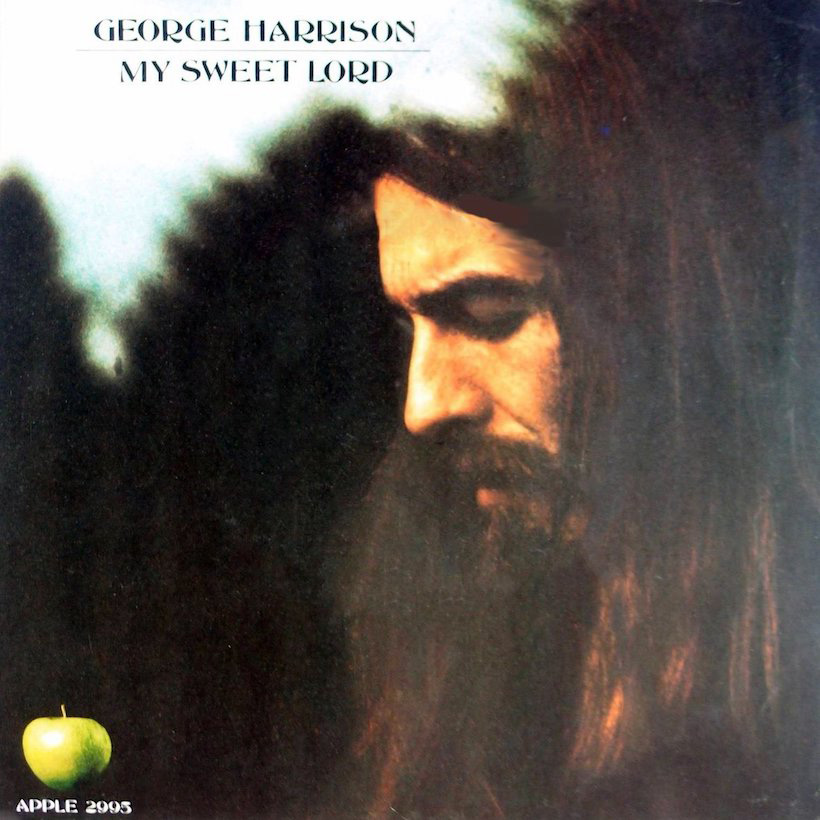
133
George Harrison’s first single after leaving The Beatles, “My Sweet Lord” was the first track by an ex-Beatle to hit number one, landing at the top of the charts worldwide. A sincere expression of Harrison’s religious devotion, the track – which appeared on 1970’s triple LP, All Things Must Pass – remains the highlight of his solo career.
Joined by an all-star cast of backing musicians, “My Sweet Lord” received the Wall of Sound treatment from Phil Spector’s production. As the song progresses, both the depths of its production/arrangement and the chant-like nature of its vocal refrains help in giving “My Sweet Lord” a warm, communal quality.
At its center is Harrison, the thin-voiced “quiet one” who had spent a decade in the enormous shadow cast by John Lennon and Paul McCartney. He’s in full command of his craft here, both vocally, and in the expressive slide guitar lines that give “My Sweet Lord” its instrumental signature. Harrison’s guitar had never before wept as beautifully as it does on the song’s brief solo section, highlighted by the subtle harmonies of its final descent.
While “My Sweet Lord” was a critical and commercial triumph for Harrison, it would eventually result in arguably the highest-profile case of copyright infringement in the history of pop music. In 1976, Harrison was found to have “subconsciously plagiarized” The Chiffons’ 1963 hit “He’s So Fine.” Though there are some undeniable similarities in the melodies of both songs, “My Sweet Lord” is Harrison’s masterpiece.
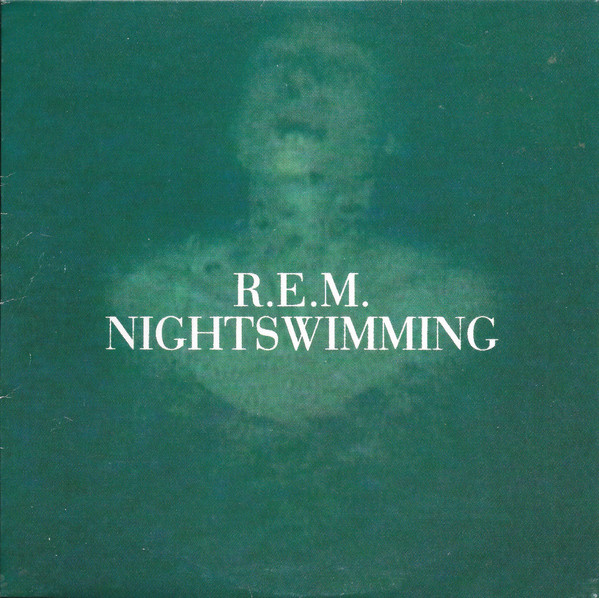
132
The lyrical imagery of R.E.M.’s most beautiful song may evoke nostalgia for a midsummer’s evening, but to me, “Nightswimming” may be the most gloriously autumnal recording in the history of popular music. The middle piece in the stunning three-song set that closes out the band’s 1992 masterpiece Automatic for the People, “Nightswimming” is one of the R.E.M.’s finest songs.
It was on 1991’s blockbuster Out of Time that R.E.M. fully left behind the mixture of post-punk and jangle-pop that had defined their recordings from the 1980s. Taking its place was a measured, studied sound that incorporated a deeper wealth of influences, and more lyrical directness than fans of their earlier work would have ever anticipated.
Michael Stipe’s poetic lyrics are notable in their own right, but it’s in the song’s arrangement that “Nightswimming” reaches the upper echelon of R.E.M.’s catalog. Composed by Mike Mills, the track’s cyclical piano part is augmented by a gorgeous arrangement from another great bassist, Led Zeppelin’s John Paul Jones. Its most dazzling element is the oboe part contributed by Deborah Workman.
“Nightswimming” was released as a single – albeit only in the UK – during the summer of 1993, but it was not a major hit for the band. That’s quite alright. Automatic for the People ultimately produced plenty of hits. Let the masses have “Everybody Hurts.” We’ll keep this one for ourselves.
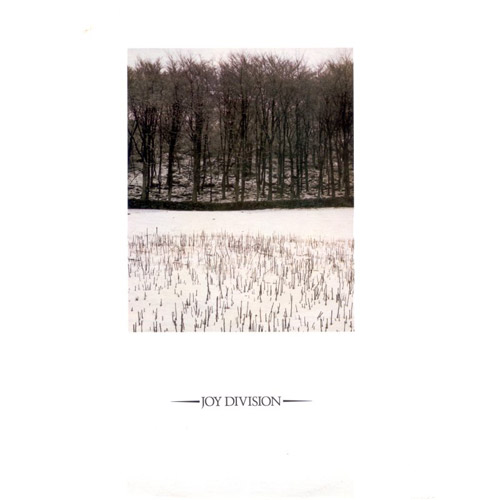
131
Originally issued in France as half of the Licht und Blindheit single, “Atmosphere” was one of the last two tracks that Joy Division released prior to lead singer Ian Curtis’ death in May 1980. Reissued as an A-side in September of that year, the song – in many ways – served as the final word on the now-legendary band.
Few tracks are as perfectly titled as “Atmosphere.” From its opening seconds, Martin Hannett’s production – an essential ingredient of Joy Division’s ultra-influential sound – establishes a spacious, chilling ambience. Each element of the song – from Stephen Morris’ cavernous drums, to the ethereal synths, to Curtis’ passionately-detached vocals – conjures the frigid landscape of the single’s cover.
Despite the iciness of its exterior, there is a perceptible hint of warmth at the core of “Atmosphere.” Apart from the inviting melodic quality of Peter Hook’s bass line, it is found in the feeble pleas of a man – one just months removed from taking his own life – begging the song’s intended audience “Don’t walk away.”
Joy Division released two near-perfect albums during their all-too brief existence. Their career ended with two singles that rivaled the greatest tracks of their time. Shockingly, this one is somehow the lesser of the two. More on the other one later.


